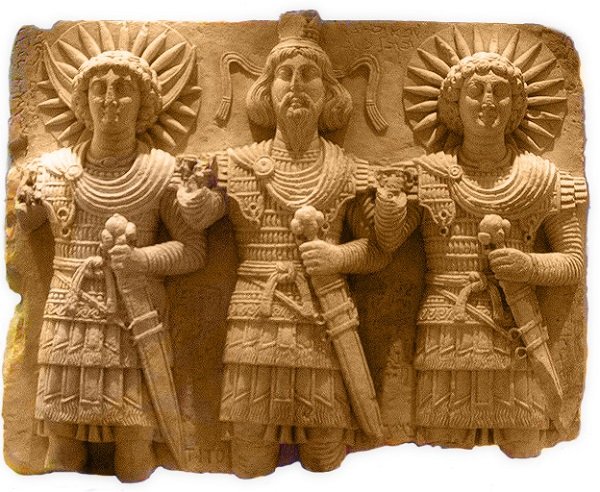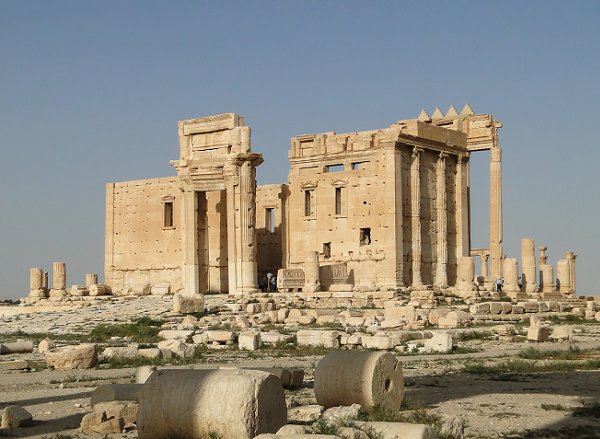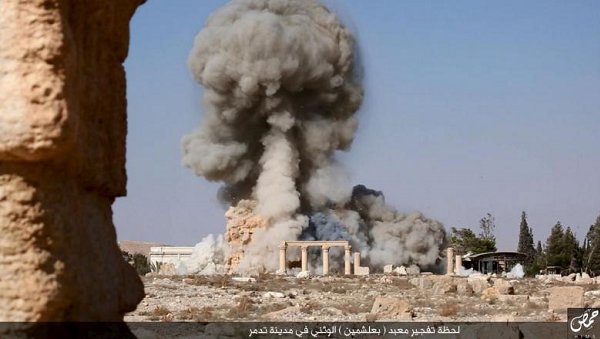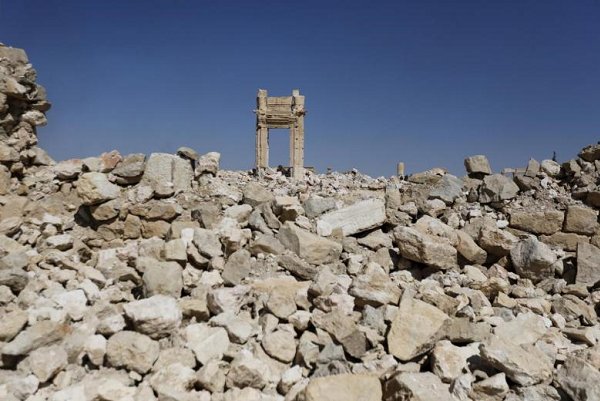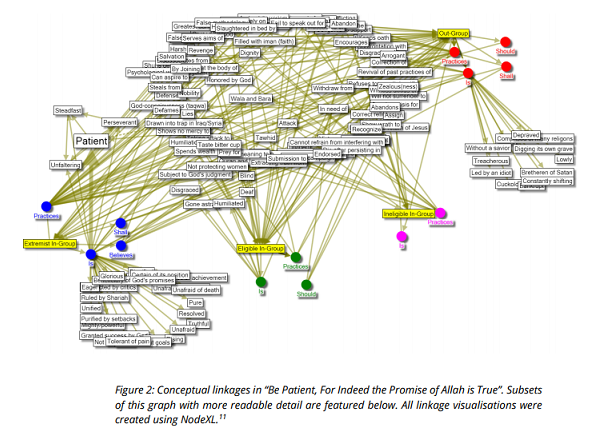Reciprocal: a term for form, symmetry, balance — and beyond
Monday, August 13th, 2018[ by Charles Cameron — weaving a web of mirrors, echos, neurons and mimetics ]
.
Magic: the Gathering — the game designers know this pattern well!
**
The Far Right And Reciprocal Radicalisation
Could fragmentation within the Far-Right contribute to increasingly extreme responses to Islamist terrorism? There is increasing evidence of instrumental responses from some of the most extreme groups, which seek to encourage the strategic use of violence.
Reciprocal radicalisation, or cumulative extremism, is a concept that suggests extremist groups become more extreme in response to each other’s activity. This means a group may frame violence as justified or necessary because they perceive an opposing group as extreme. Identifying how to respond to such a dynamic has become increasingly important, as terrorist threats from both Far-Right and Islamist groups increase, alongside increased hate crime and group membership.
The nature of siloing would encourage a focus on ISIS violence alone, a terrorism subset of natsec foreign policy, or on alt-right violence alone, a terrorism subset of natsec interior policy, thus remaining blind to the possibility that the two comprise a whole system, with systemic interactions between the two. The UK Centre for Research and Evidence on Security Threats report whose header and intro paragraph I’m quoting here is dealing with a pattern in that system, huzzah.
Such patterns — true reciprocity, which is a form of mirroring, and the kind of escalating reciprocity described here, which is more like an echo chamber with built-in feedback loop, are significant both because they cross-pollinate silos, in a system-friendly way, but also because they offer hints of a pattern language of forms that can be watched for and cataloged.
**
Wilder speculation:
Speaking of mirroring — other readings of mine recently have brought to my attention the intersection of two “hot” fields of study — mirror neurons as a biological substrate for much in human behavior, including our propensity of violence, and Rene Girard’s mimetics as a psychological substrate for much in human nature, including our propensity of violence..
The conjunction of the two, which I intuited, is explored in Vittorio Gallese, The Two Sides of Mimesis: Girards Mimetic Theory, Embodied Simulation and Social Identification.
Again, we have a creative leap, again we have silo-crossing, and again mirroring is the form that lies behind the analogical possibility that creates the possibility of the leap.

